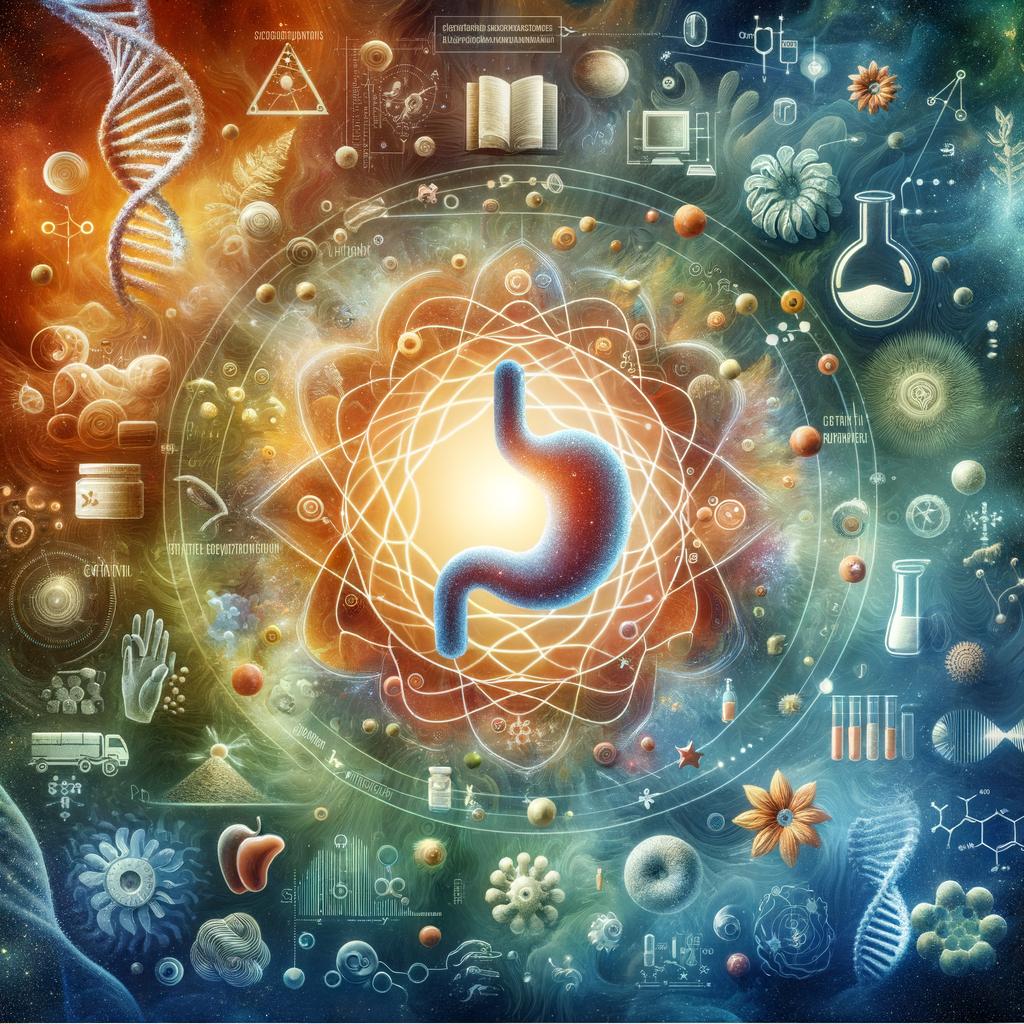
Unmasking the Internal Universe: The Prolific World of Digestive Enzymes
The uncanny odyssey of our daily dietary intake holds a mystery within. Let’s crack the million-dollar question: Where are digestive enzymes found? Digestive enzymes are primarily found in three major areas in our bodies: the salivary glands, the stomach, and the pancreas. These invisible allies of the digestive process serve as silent sentinels, breaking down food into nutrients our bodies can absorb and use. As we delve arm in arm into the epicenter of digestion, we’ll unwrap the concealed intricacies of digestive enzymes, their functions, types, and rookery sites.
An All-Around Appraisal of Digestive Enzymes
Understanding digestive enzymes requires diving into the marvelous maze of our bodies. On our gastronomic journey, our first pit stop is the mouth where the salivary glands get down to their diligent duty. They emit the first set of digestive enzymes, including amylase and lipase, that initiate the digestive process. Amylase swings into action, attacking starches and carbohydrates, while lipase launches a stealth assault on fats.
Turning Tides In the Stomach
Proceeding on our intriguing journey, we reach the stomach: A cauldron wherein an orchestration of gastric juices and enzymes play out. Chief enzymes include pepsin, secreted by the cells lining the stomach. It’s a tireless worker, making mincemeat of proteins, reducing them to digestible peptides.
Hardy Helpers from the Pancreas
Beyond the stomach, enter the bustling biotech lab of our bodies – the pancreas. It churns out a cocktail of digestive enzymes, including pancreatic amylase, trypsin, and lipase. They’re tireless workhorses in the relentless drive to break down carbohydrates, proteins and fats into absorbable nutrients. All set to fuel the all-encompassing entity that is the human body.
Bonus Enzymes in the Small Intestine
Our last itinerary touches the shores of the small intestine. The walls of this stretched-out organ secrete enzymes such as maltase, lactase and sucrase. These are the last sentinels of digestion, seeing to it that the remaining scraps of carbohydrates meet their efficient end.
Every Enzyme Counts!
Every single digestive enzyme is a marvel, stepping up to plate to ensure that our bodies are sufficiently fuelled and nourished. They are an intricate part of our body’s well-oiled machinery, indispensable for ensuring a seamless digestive process.
Miracles in Microcosm
Reflecting upon our corporeal journey, it’s striking how our bodies harbour a sophisticated world within. From the mouth to the stomach and the pancreas to the small intestine, the placement of enzymes reads like an expertly designed blueprint of a prodigious factory. These enzymes are the silent workforce, steadfastly committed to the all-important task of digestion.
Wrapping up our Digestive Enzyme Journey
As we wrap up our culinary tour, it’s clear that understanding where digestive enzymes reside is only half the story. Recognizing their invaluable roles, and the sophisticated symphony of the digestive process they partake in, is awe-inspiringly captivating.
Frequently Asked Questions
1. What do digestive enzymes do?
- Digestive enzymes are catalysts that kick-start the breakdown of food, making it easier to digest and assimilate nutrients.
2. What are the main types of digestive enzymes?
– The main types include amylases, proteases, and lipases responsible for breaking down carbohydrates, proteins, and fats respectively.
3. Do all digestive enzymes function at the same pH?
– No, different digestive enzymes work best at different pH levels. For instance, stomach enzymes like pepsin work best in acidic conditions, while pancreatic enzymes prefer a more neutral pH.
4. What can inhibit digestive enzymes?
– Sometimes, conditions like chronic pancreatitis, cystic fibrosis, or a deficiency of certain nutrients can impede the production and function of digestive enzymes.
5. Can digestive enzymes be replenished?
- Yes, digestive enzymes can be replenished naturally by the body. However, in case of deficiencies, they can be supplemented under medical supervision.

